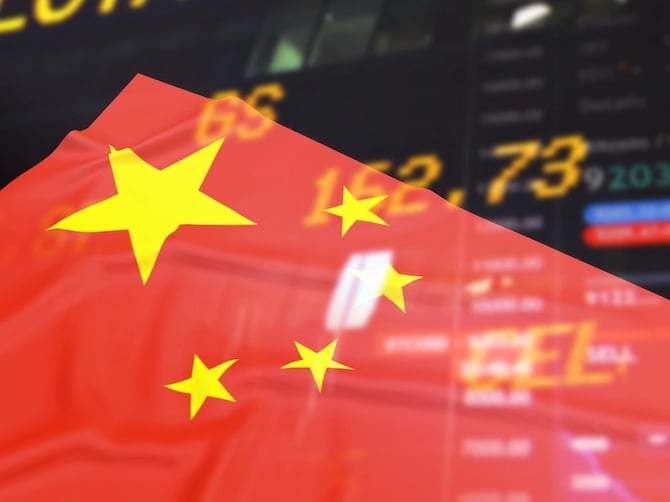US-China Trade Talks Hint at Truce as Tariff Deadline Looms

As the US and China prepare for their third high-level meeting of the year in Stockholm, expectations are being managed.
With US tariffs on Chinese imports still sitting at 30% and Chinese retaliatory tariffs holding at 10%, both sides appear inclined to maintain current levels unless a more strategic framework can be agreed ahead of a possible autumn meeting between Trump and Xi.
Treasury Secretary Scott Bessent and Vice Premier He Lifeng are expected to focus on easing friction around fentanyl-linked tariffs, currently at 20%, as well as wider trade imbalances.
The US trade deficit with China reached $295.5 billion last year, and Washington remains eager to boost exports and reduce reliance on Chinese manufacturing. China, meanwhile, ran a global trade surplus of nearly $1 trillion in 2024, capitalising on its dominance in electric vehicles and other emerging sectors.
While Beijing recently tightened controls on two fentanyl precursors, seen as a goodwill gesture, it is still unhappy at being blamed for America’s opioid crisis. Trump’s sequence of fentanyl-related tariffs earlier this year triggered Chinese countermeasures targeting US farm goods and energy exports, from soybeans to LNG.
What Does This Mean for Me?
Analysts expect no sweeping resolution. Instead, a smaller deal centered on fentanyl and future investment commitments could be on the table. For now, businesses are watching closely, hoping Stockholm clears a path for a broader, face-saving handshake between the two presidents later this year.
More News
.webp)
Japan’s Rate Shift Is Rippling Through Global Bond Markets

China’s Growth Engine Stalls as Consumers and Investors Pull Back

Egypt’s Recovery Gains Traction as Household Pressure Lingers

OECD Warns AI and Tariffs Will Test the Global Economy

Zero Tariffs, Higher Drug Bills as US and UK Reset Pharma Trade

Catastrophe Bonds Go Global as Climate Risk Meets Yield Hunting
.webp)
Canada Shields Steel and Lumber Industries From Tariffs
